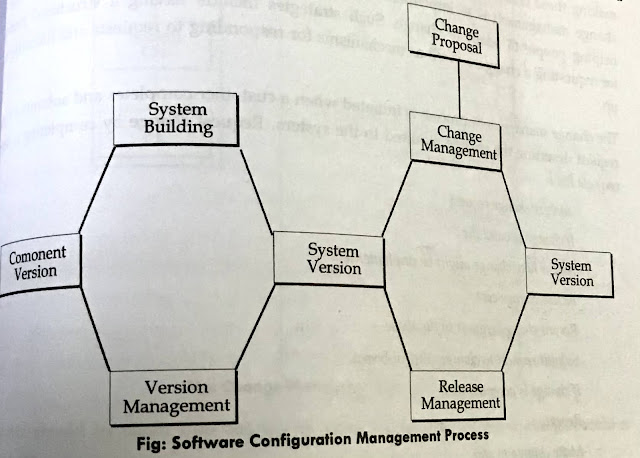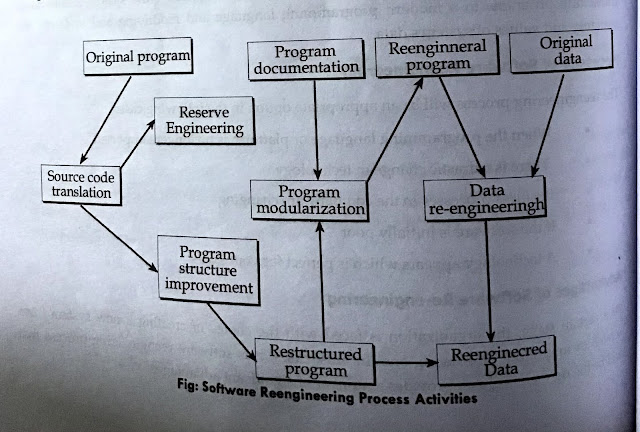What is project planning? Explain types of project plan.
Project Planning: Project planning involves breaking down the work into parts and assigning these to project team members, anticipate problems that might arise, and prepare tentative solutions to those problems. The project plan, which is created at the start of a project, is used to communicate how the work will be done to the project team and customers, and to help assess progress on the project. Types of Project plan Validation Plan Configuration management plan Maintenance plan Staff Development Plan 1) Validation plan The validation plan describes the approach, resources, and schedule used for system validation. It is intended to show that the program does what the user requires. 2) Configuration and management plan This plan includes the management of system change. When a system has maintained the role of the CM team is to ensure that changes are incorporated in a controlled way. This plan includes configuration management procedures and structures to be used. 3) Maintenanc...
%20(8).png)




.png)
.png)